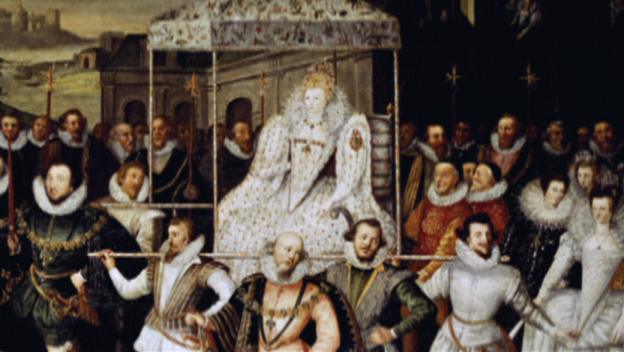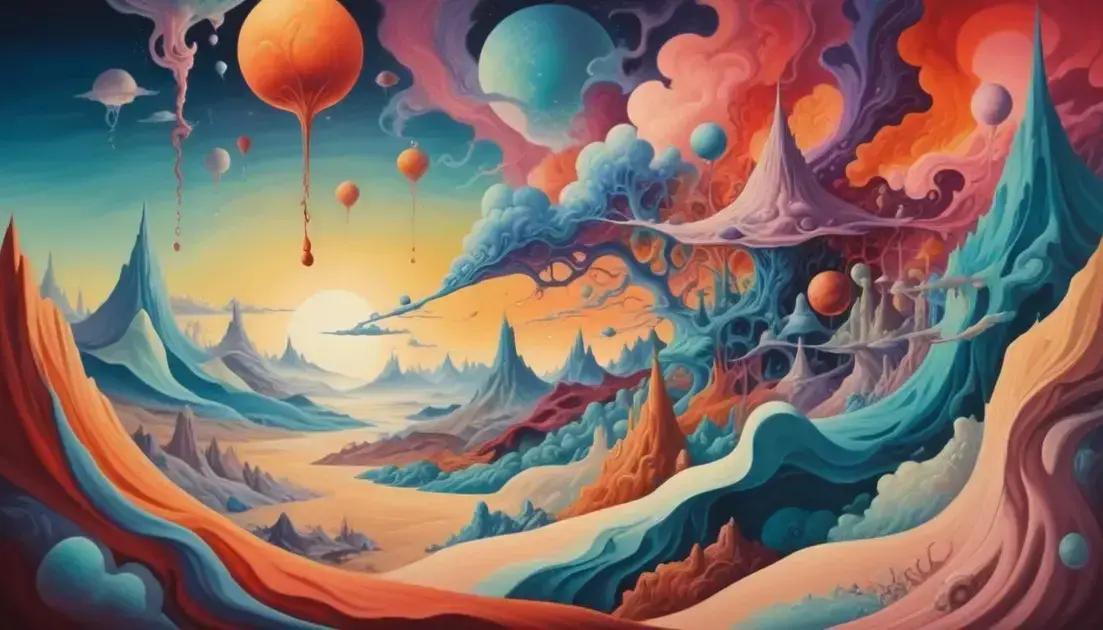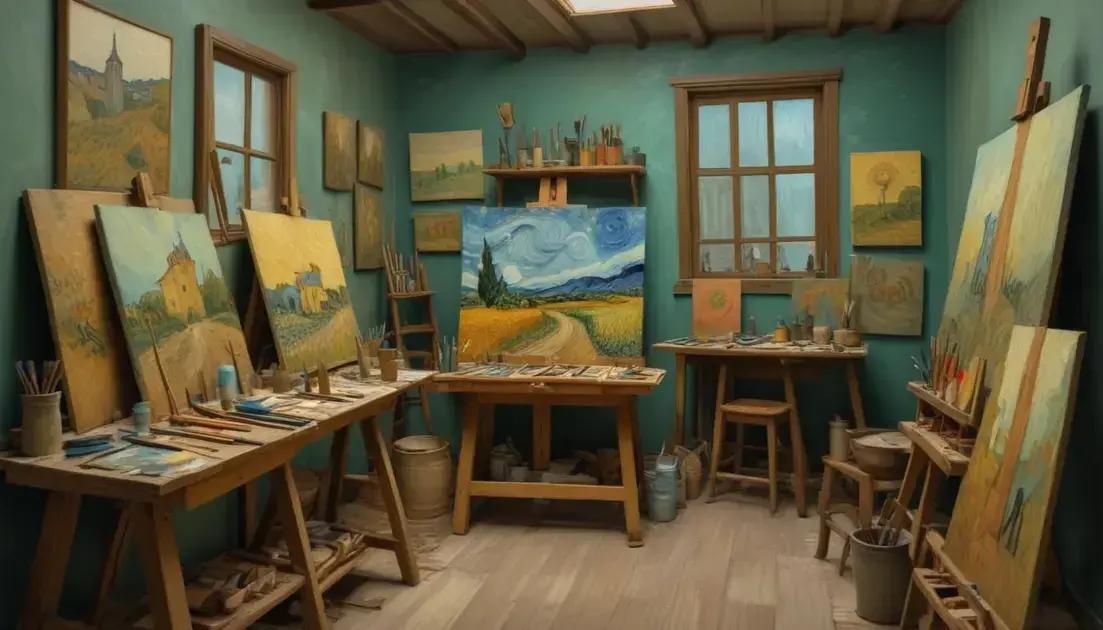
Renaissance and Reformation: Europe’s Cultural and Religious Shifts
Renaissance and Reformation: Europe’s Cultural and Religious Shifts
The Renaissance and Reformation represent two of the most transformative periods in European history, fundamentally reshaping the continent’s cultural, intellectual, and religious landscape. As a timeless reporter examining these pivotal eras, we witness how these interconnected movements challenged medieval traditions and established the foundation for modern European civilization. The Renaissance, spanning roughly from the 14th to 17th centuries, marked a period of unprecedented cultural and intellectual flowering, while the Reformation of the 16th century revolutionized Christianity and challenged the authority of the Catholic Church.
These monumental shifts didn’t occur in isolation but were deeply interconnected, with Renaissance humanism providing intellectual groundwork for religious reform. The period saw extraordinary advances in art, science, literature, and philosophy, while simultaneously witnessing religious upheavals that would permanently alter Christianity’s landscape. Understanding these transformations requires examining how they emerged from medieval foundations, evolved through complex social and political dynamics, and ultimately created the cultural and religious frameworks that continue to influence Europe today.
The significance of studying the Renaissance and Reformation extends beyond mere historical curiosity. These periods established patterns of cultural innovation, religious diversity, and intellectual inquiry that remain relevant to contemporary society. From the artistic masterpieces that continue to inspire creators worldwide to the religious pluralism that characterizes modern Europe, the legacy of these transformative centuries continues to shape our world in profound and lasting ways.
The Renaissance: Europe’s Cultural Awakening and Artistic Revolution
The Renaissance emerged as Europe’s most significant cultural awakening, fundamentally transforming how people understood art, learning, and human potential. This Renaissance and Reformation era began in 14th-century Italy, spreading northward across Europe over the following centuries. The movement represented a conscious revival of classical Greek and Roman culture, combined with innovative approaches to art, science, and philosophy that would define European civilization for centuries to come.
Humanism formed the intellectual foundation of Renaissance culture, emphasizing human dignity, potential, and achievement. This philosophical movement shifted focus from purely religious concerns to include secular learning, individual expression, and rational inquiry. Humanist scholars like Petrarch and Erasmus championed the study of classical texts, grammar, rhetoric, and moral philosophy, creating a new educated elite that valued both Christian faith and classical wisdom. This intellectual revolution laid crucial groundwork for the later religious reforms, as humanist scholarship applied critical thinking to religious texts and practices.
The artistic revolution of the Renaissance produced some of history’s most celebrated masterpieces, transforming European visual culture permanently. Artists like Leonardo da Vinci, Michelangelo, and Raphael developed revolutionary techniques including linear perspective, chiaroscuro (light and shadow), and anatomical accuracy that brought unprecedented realism to painting and sculpture. These innovations reflected broader Renaissance values of observation, experimentation, and human-centered creativity. The patronage system, particularly in Italian city-states like Florence and Venice, enabled artists to pursue ambitious projects while competing for prestige and resources.
Renaissance architecture similarly revolutionized European building design, moving away from Gothic styles toward classical proportions and decorative elements. Architects like Brunelleschi and Palladio studied Roman ruins to develop new approaches to dome construction, column arrangements, and overall building harmony. These architectural innovations spread throughout Europe, influencing palace design, church construction, and urban planning in ways that remain visible today across European cities from Paris to Prague.
The printing revolution accelerated Renaissance cultural transformation by dramatically increasing access to books and ideas. Johannes Gutenberg’s movable type printing press, developed around 1440, enabled mass production of texts that previously required laborious hand-copying. This technological breakthrough facilitated the spread of Renaissance humanism, classical texts, and eventually, Reformation ideas throughout Europe. The printing press democratized learning, enabling broader populations to access literature, religious texts, and scientific treatises that had previously been restricted to elite circles.
The Protestant Reformation: Challenging Religious Authority and Tradition
The Protestant Reformation fundamentally transformed European Christianity, challenging the Catholic Church’s authority and creating lasting religious diversity across the continent. Beginning with Martin Luther’s famous 95 Theses in 1517, this movement questioned established religious practices, doctrines, and institutional structures that had dominated European history for over a millennium. The Reformation emerged from growing dissatisfaction with clerical corruption, indulgence sales, and theological disputes about salvation, scripture, and church authority.
Martin Luther’s theological innovations centered on salvation by faith alone (sola fide), scripture alone (sola scriptura), and grace alone (sola gratia), directly challenging Catholic teachings about good works, papal authority, and church tradition. His translation of the Bible into German made religious texts accessible to ordinary believers, undermining clerical monopoly on scriptural interpretation. Luther’s ideas spread rapidly through printed pamphlets, sermons, and personal correspondence, demonstrating how Renaissance and Reformation technologies facilitated religious revolution.
John Calvin further developed Protestant theology in Geneva, emphasizing predestination, biblical authority, and systematic reform of church governance. Calvinist ideas spread throughout Switzerland, France, the Netherlands, and Scotland, creating distinctive Protestant communities with their own theological emphases and worship practices. Calvin’s Institutes of the Christian Religion provided comprehensive Protestant theology that influenced generations of reformers and established Geneva as a center of Protestant learning and training.
The English Reformation took a unique political dimension when King Henry VIII broke with Rome over his desire to annul his marriage to Catherine of Aragon. While initially motivated by personal and dynastic concerns rather than theological disputes, the English Reformation eventually developed its own religious characteristics under Queen Elizabeth I. The Church of England emerged as a distinctive Protestant denomination that maintained episcopal structure while rejecting papal authority, creating a lasting religious settlement that continues today.
Radical Reformation movements challenged both Catholic and mainstream Protestant authorities, advocating for adult baptism, pacifism, and separation of church and state. Groups like the Anabaptists faced persecution from both Catholic and Protestant authorities but established important precedents for religious tolerance and voluntary church membership. These radical movements contributed to the eventual development of religious pluralism in Europe, though often at great personal cost to their adherents.
Political and Social Transformations During the Renaissance and Reformation
The Renaissance and Reformation periods witnessed profound political transformations that reshaped European governance, diplomacy, and social structures. The rise of centralized monarchies in France, England, and Spain challenged feudal fragmentation and established the foundation for modern nation-states. Monarchs like Louis XI of France and Henry VII of England consolidated royal power, reduced noble privileges, and created professional bureaucracies that enhanced governmental efficiency and territorial control.
Italian city-states pioneered new forms of political organization during the Renaissance, experimenting with republican governance, diplomatic innovation, and balance-of-power politics. Cities like Florence, Venice, and Milan developed sophisticated political cultures that balanced merchant interests, artistic patronage, and military necessity. The intense competition among these city-states fostered diplomatic innovation, including permanent embassies, written treaties, and complex alliance systems that would influence European diplomacy for centuries.
The Holy Roman Empire faced particular challenges during this period, as religious divisions from the Reformation complicated already complex political structures. The Peace of Augsburg (1555) established the principle of cuius regio, eius religio (whose realm, his religion), allowing German princes to determine their territories’ official religion. This arrangement temporarily resolved religious conflict but created long-term instability that would eventually culminate in the devastating Thirty Years’ War.
Social mobility increased significantly during the Renaissance and Reformation, particularly for educated professionals, successful merchants, and skilled artisans. The printing industry created new occupational opportunities for writers, editors, translators, and publishers, while expansion of trade and banking enabled merchant families to achieve unprecedented wealth and social status. Families like the Medici in Florence and Fuggers in Augsburg demonstrated how commercial success could translate into political influence and cultural patronage.
Women’s roles evolved in complex ways during these transformative centuries, with some gaining increased opportunities for education, artistic expression, and religious participation, while others faced new restrictions as traditional social structures were challenged and redefined. Christine de Pizan emerged as one of Europe’s first professional female writers, while Artemisia Gentileschi achieved recognition as a significant baroque painter. Religious reform movements sometimes provided women with new opportunities for spiritual leadership and theological engagement, though institutional barriers to female authority remained strong.
Educational expansion during the Renaissance and Reformation transformed European intellectual life, as humanist schools, Protestant academies, and Catholic colleges competed to provide quality education for emerging professional classes. The curriculum expanded beyond traditional medieval subjects to include classical languages, history, natural philosophy, and practical skills needed for commercial and administrative careers. This educational revolution created more literate populations capable of engaging with complex political and religious debates that characterized the era.
Economic and Technological Changes Shaping Renaissance and Reformation Europe
The economic transformations accompanying the Renaissance and Reformation fundamentally altered European society, creating new wealth sources, trade patterns, and technological capabilities that supported cultural and religious innovations. The Commercial Revolution expanded trade networks, introduced sophisticated banking practices, and enabled capital accumulation that funded artistic patron


